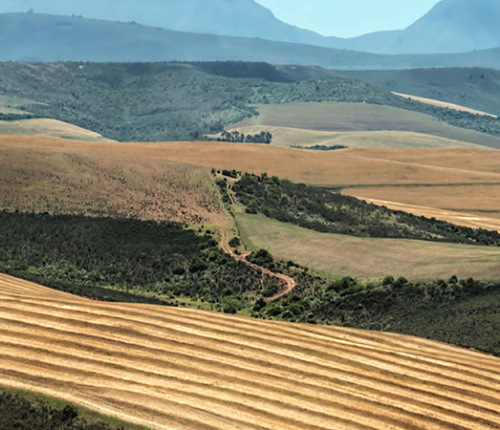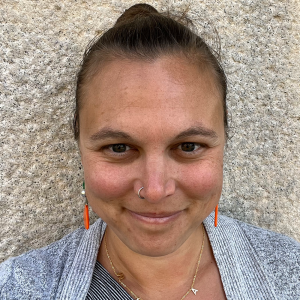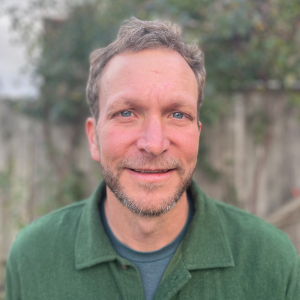
Unlocking Regenerative Agriculture Practices at Scale
Developing greater impact and adoption of regenerative agriculture practices
The Problem
Conventional agriculture is a notorious driver of the global climate and biodiversity crises. The massive monoculture cropping systems (e.g. corn, soy) that dominate the agricultural landscape have well known impacts, including water pollution, soil erosion, greenhouse gas emissions, landscape simplification, biodiversity loss, consolidation of farms, low profits for farmers, and vulnerability to the growing threat of extreme climate events.
The Opportunity
Science-informed regenerative agriculture practices (including crop rotation, cover cropping, and others) have been rigorously demonstrated to create benefits for farmers and the environment at almost all scales of agriculture. Yet, despite the potential advantages, these practices are not being implemented at a large scale.
New developments in data science present an exciting opportunity to remove some of the barriers to scaling regenerative agriculture, which would allow farmers to grow more nutritious food, make farms more climate secure, capture more carbon, and generate profits — all without imposing impractical burdens on the industrial agricultural system.
Our Vision
We aim to remove obstacles that prevent scientifically-proven regenerative agricultural practices from scaling by developing open and informative tools that enable crop insurance and agricultural finance agents to quantify the benefits of regenerative agriculture and offer farmers incentives to make a change or support for continuing to employ these practices.

Where We Are Now
Building the Tool: Schmidt DSE is working with a team of experts from academia, insurance-adjacent non-profits, the industrial agricultural insurance, and lending industry to develop a pilot tool that leverages cutting edge data to showcase how simple and tractable regenerative agricultural practices could generate a suite of benefits for farmers, insurers, and the environment. We have begun focal work on the risk reduction and yield impacts of crop rotations within the industrial corn system in the State of Illinois, leveraging the agricultural risk model developed by the Land Core Risk Model Project team, which includes the UC Berkeley Agroecology team led by Dr. Tim Bowles, the Rice University Statistics team led by Dr. Frederi Viens, and the University of Arkansas Agricultural Economics team led by Dr. Lawson Connor.
Our pilot Illinois Soil Health Tool can be accessed at https://www.illinois-soil-health-tool.org/

Facilitating Open Science: Our work has laid the path for open data in an environment that was previously more proprietary; the Illinois Soil Health Tool and the underlying model outputs, upon which the tool was built, will soon be made publicly available for free and open use by a range of interested parties, thus enabling this impact of this effort to be further magnified.
Engaging Private Insurance Companies and Lenders: To ensure that our work directly addresses real-world needs and concerns, we have actively engaged stakeholders from the private agricultural insurance and lending industries through user demos / feedback sessions. Stakeholder responses drove our iterative process as we engineered an increasingly applicable tool.
Of note, the Illinois Soil Health Tool reveals distinct pilot program opportunities: localities where increased crop rotation practices would likely increase crop yield and reduce the risk of insurance claims in years of weather extremes. We have shared these findings with key private insurance providers for the state of Illinois, and continue to discuss the application of the tool in a pilot program.
Where we are going
Our tool has already advanced the conversation on incentivization of regenerative agriculture practices and we are excited to pursue the abundant avenues for the next phase of the work in 2024.
Scalability for Impact: Our approach of engaging both private industry and governmental stakeholders in the crop insurance world positions us for broad impact as our regenerative agriculture work advances. Our goal is to leverage initial success working in Illinois with one significant private industrial agricultural insurance company to eventually expand to partnership with multiple insurers in multiple states. Ultimately, we aim for this to tool guide changes in future policy for the largest private and governmental agricultural insurers, as we continue our journey toward greater impact and adoption of regenerative agriculture practices.
Beyond Crop Rotation, Beyond Corn: Resounding input from our stakeholders teaches us that building additional regenerative agriculture practices, starting with cover cropping, into the expanded future iteration of the soil health tool will broaden its utility for applied use. Schmidt DSE is now leveraging our internal team expertise in remote sensing and satellite imagery interpretation to model a cover cropping dataset which will be an input to the future modeling effort. Eventual model expansions can include the environmental implications of other practices, such as water usage, as well as inclusion of additional crop species.



